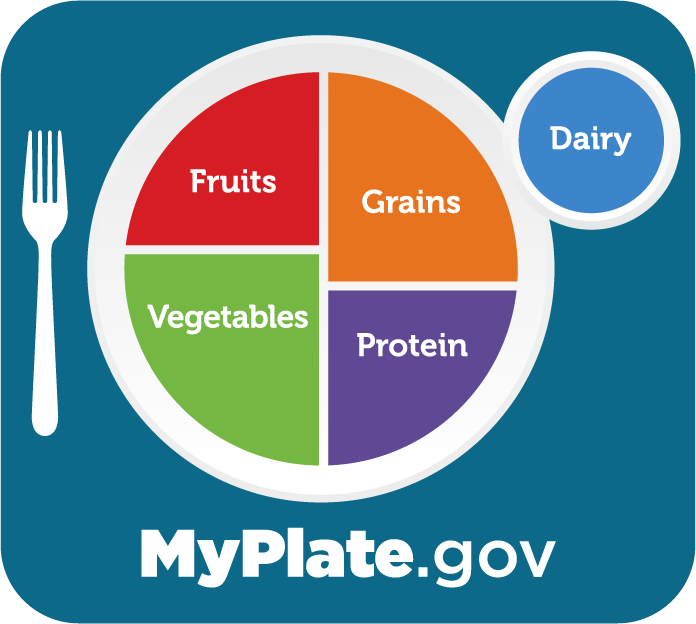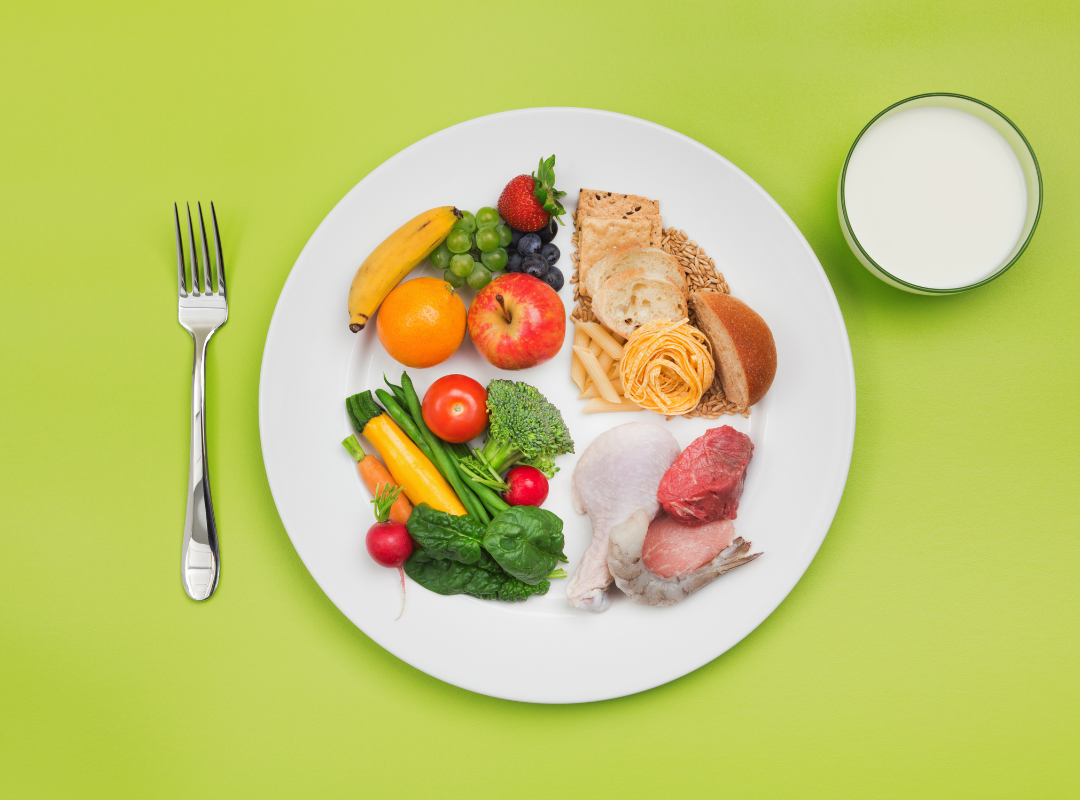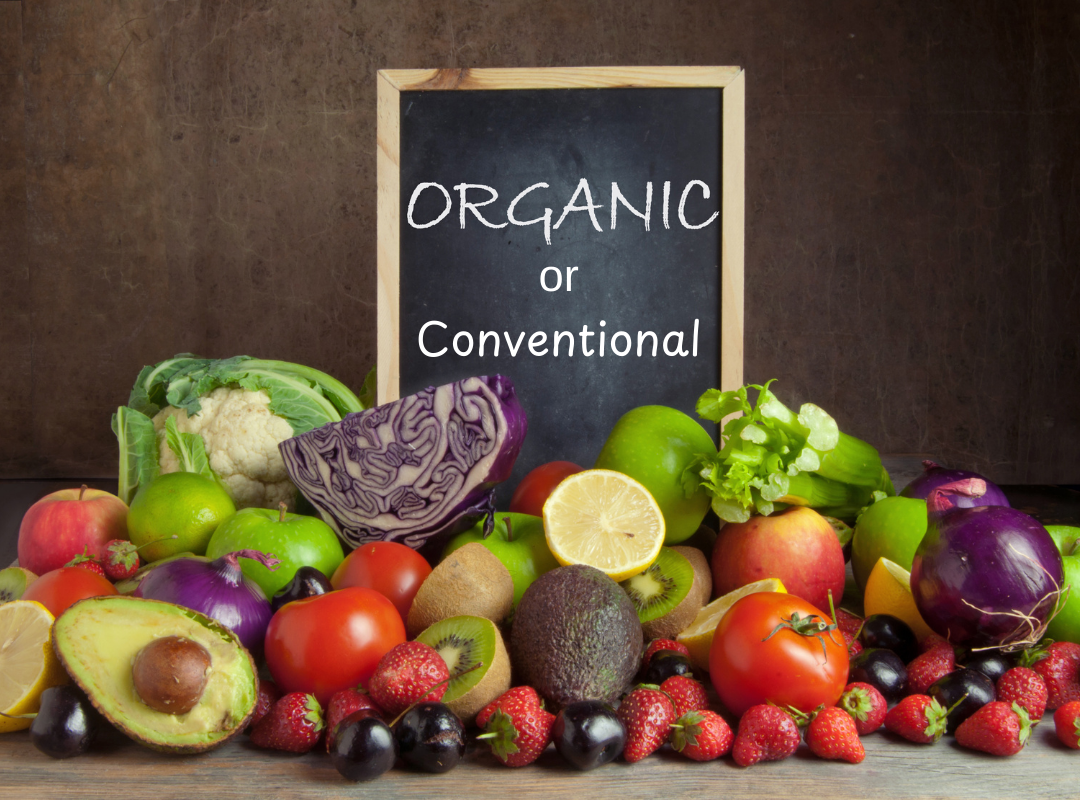What's Our Soil Worth?
Students determine that topsoil is a limited resource with economic value and use an apple to represent how Earth’s land resources are used.
Students determine that topsoil is a limited resource with economic value and use an apple to represent how Earth’s land resources are used.
In this lesson students will measure the pH of a soil sample and learn how pH affects the availability of nutrient uptake by plants. Students will determine if and how their soil pH should be modified through the application of soil amendments.
Students identify the components of soil and demonstrate that soil contains air and water.

Students explore what it means to eat a healthy diet by comparing the foods they typically eat in a day with the recommendations of MyPlate.

Students will explore what it means to eat a healthy diet by comparing the foods they typically eat in a day with the recommendations of MyPlate.

Using the claim, evidence and reasoning model, students will compare and contrast organic vs conventionally produced foods to discover the differences and similarities of each farm production style.

After learning the five basic requirements of plant growth, students discuss terms related to hydroponics. Students then build and maintain hydroponic units from soda bottles.
Using wheat as an example, students explore how DNA determines the genetic traits of a plant and how plant breeders change the DNA of a plant to produce desired characteristics.
Students investigate how wheat is grown and processed into flour and other wheat products and create wheat puppets to perform a play.

Students will explore the importance of wheat in the development of culture by learning about the advent of agriculture, discussing wheat cultivation in ancient Egypt, threshing a head of wheat with their hands, and making a corn dolly out of wheat stems.
Students explore the connection between geography, climate, and the type of agriculture in an area by reading background information and census data about the agricultural commodities beef, potatoes, apples, wheat, corn, and milk.
Students will discover the connection between climate and our food supply as they answer the question, "Where does it grow?" They will also explore the consequences of climate change on our food supply and discover how advances in science can help farmers adapt to climate change.